Are you trying to keep deer out of your garden? Probably so. You could try enticing the animals with something else to keep them out of your garden, like creating a food plot and throwing corn on a daily basis. If you think the neighbors would complain that you were baiting deer, perhaps you should simply add some plants to your garden that are not as tempting to the animals, and then they will (hopefully) move along. It is said that hardly any plant is 100% deer-proof, but there are many annuals, perennials, vines, trees, and shrubs that don’t appeal to Bambi as much as clover and kale do. Check out this extensive list, which was compiled by the Grumpy Gardener, and then choose from the beautiful, easy-to-grow, and not-attractive-to-deer plants that you can add to your garden this weekend.
Zinnias
These easy-to-grow annual flowers are longtime favorites for colorful, round flower heads in summer and early fall. Don’t bother planting zinnias early in the season; they love hot weather and will simply stand still until the weather warms up.
Rosemary
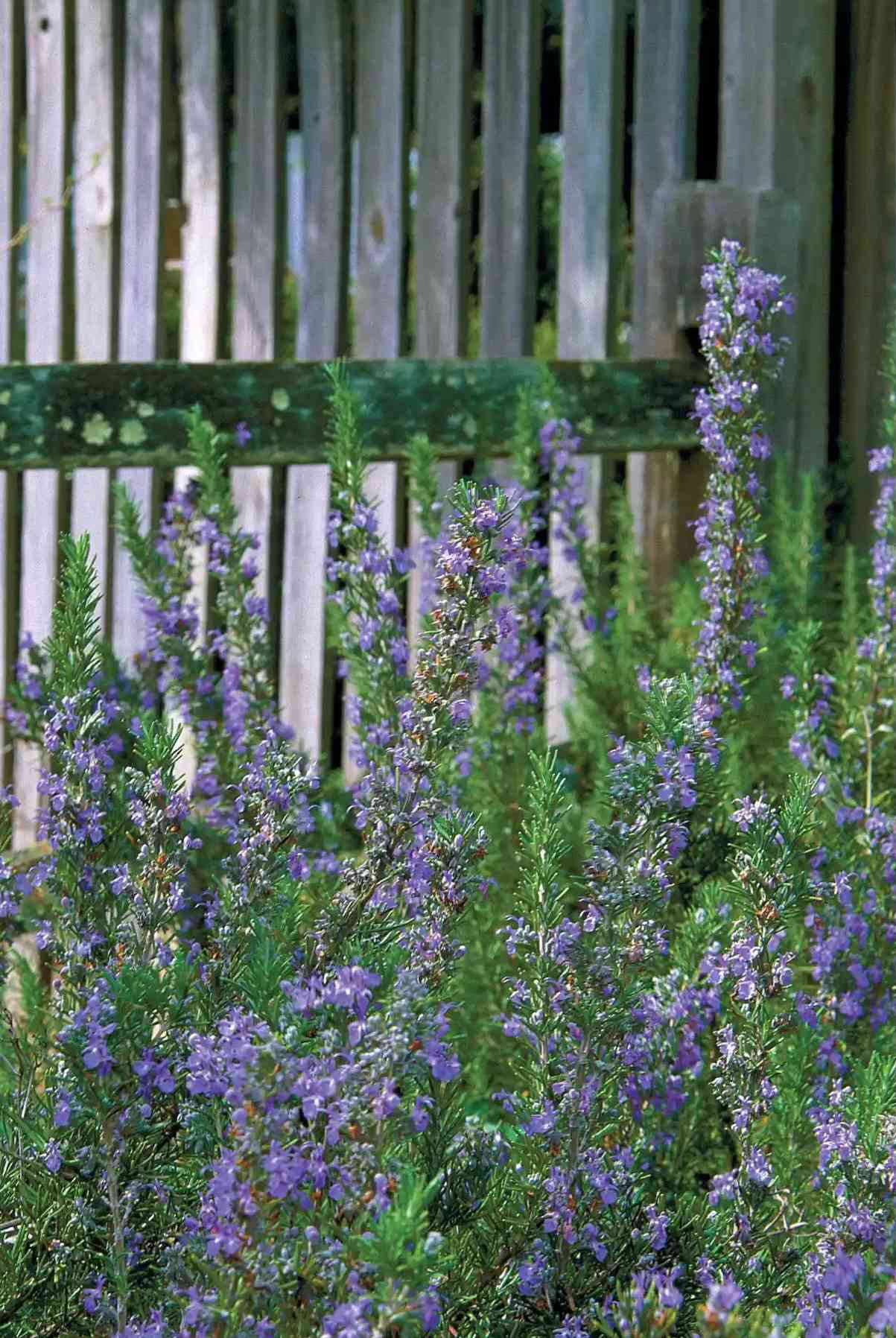
Beautiful as just a fragrant ornamental plant in pots or beds, rosemary is a much-loved culinary seasoning, as well. The easy-to-grow rosemary is an ideal plant for those with less-than-green thumbs because it can actually suffer from too much attention.
Marigolds
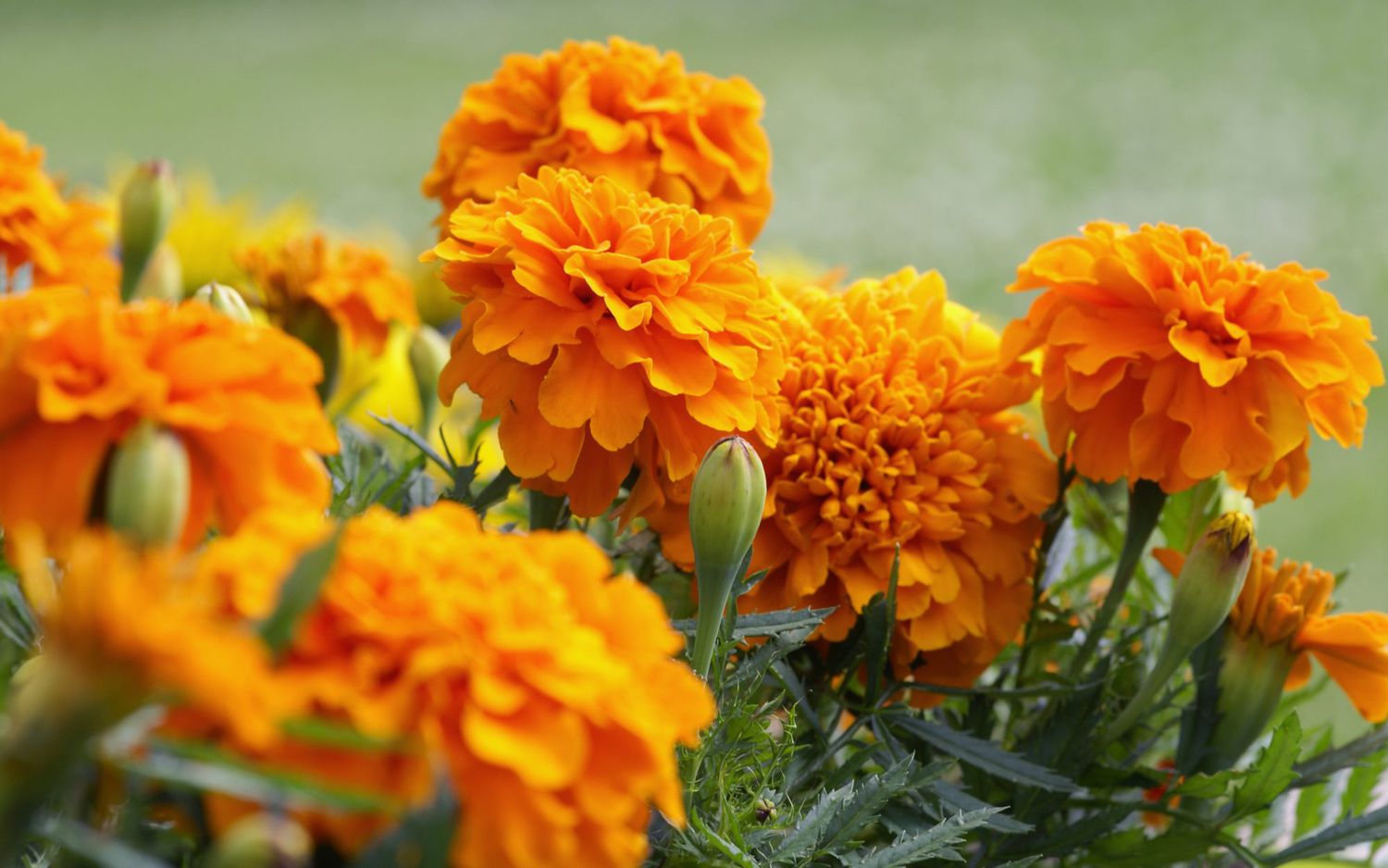
The darlings of summertime, marigolds are robust and practically trouble-free. These annuals blooms from early summer to frost as long as you keep the old flowers picked off. Plant marigolds around your vegetable garden to help repel unwanted insects.
Fountain Grass
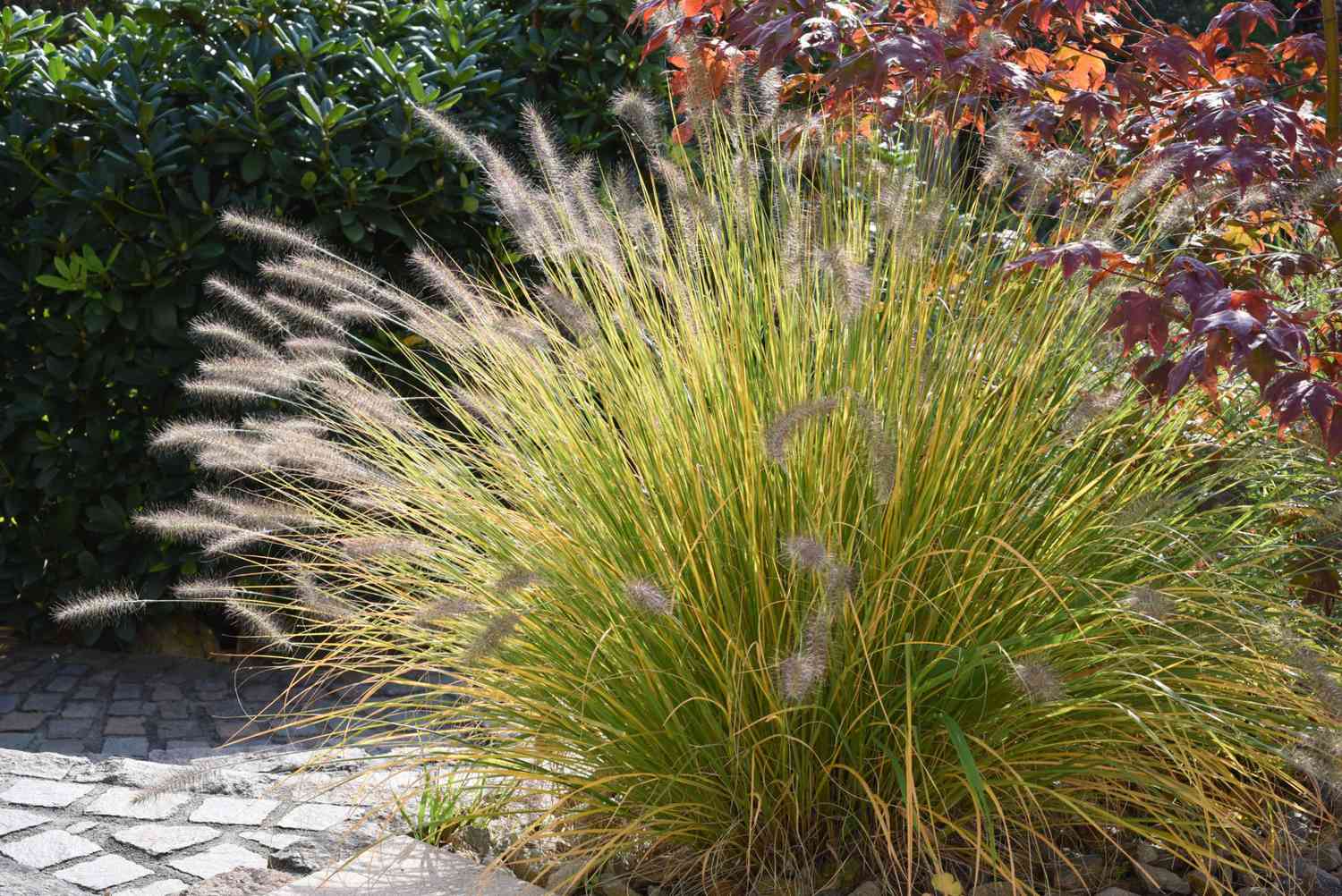
This graceful and ornamental perennial grass can be used in containers, as borders, or as bank covers. Fountain grasses, which are generally clump-forming with arching stems tipped with fat furry flower plumes, add a pop of visual appeal wherever you use them.
Spider Flower
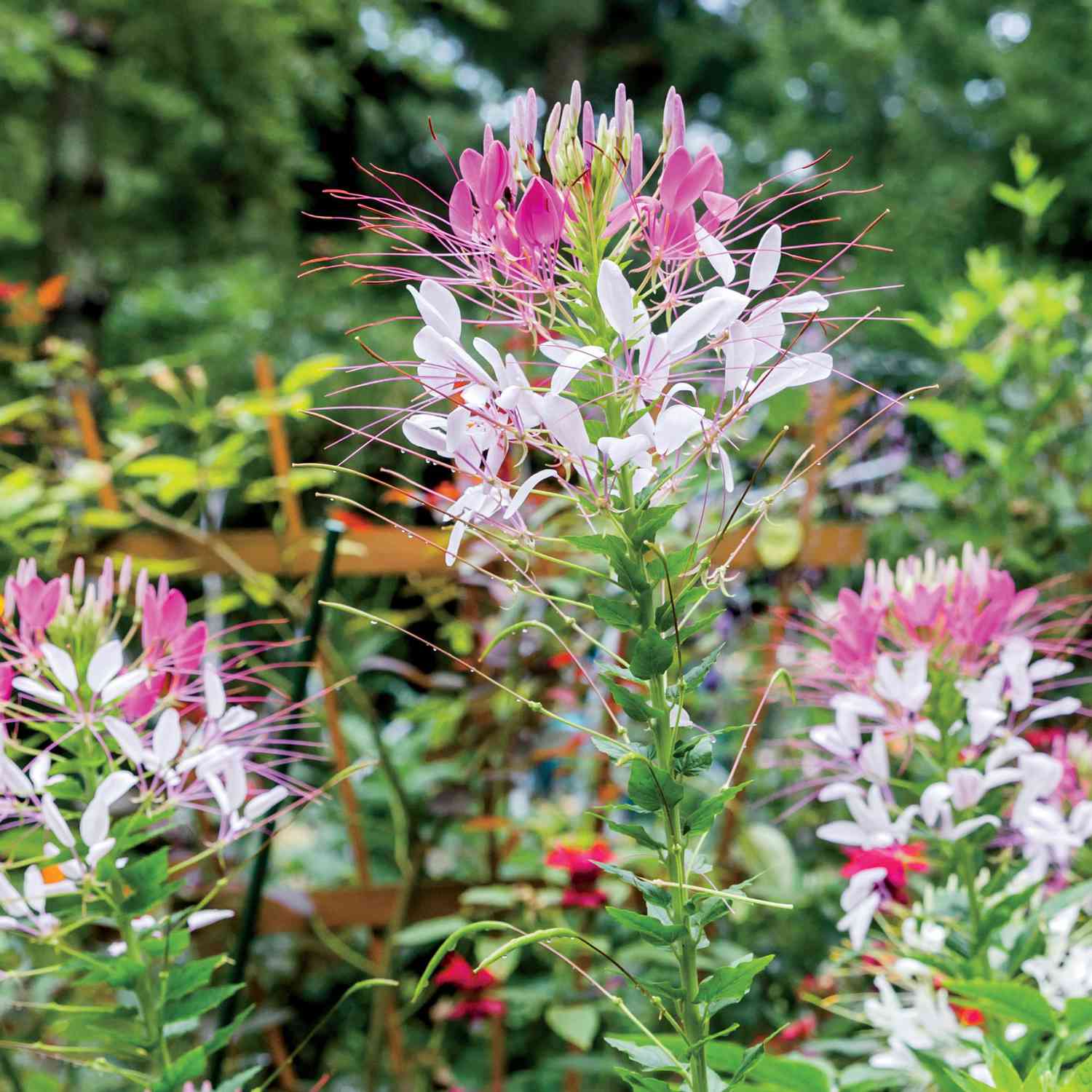
The sticky stems and slightly funky scent of spider flower (also known as cleome and grandfather’s whiskers) are a turn-off to deer, but bees and hummingbirds love these old-fashioned annuals. Pro tip: tall and dramatic cleome can look like a lovely flowering shrub when you plant several together.
Carolina Jessamine

This evergreen vine, the state flower of South Carolina, sports shiny, light green leaves and fragrant, tubular yellow flowers. A favorite of hummingbirds, bees, and butterflies, this vine can be trained to grow on a trellis, fence, or side of the house.
Wisteria
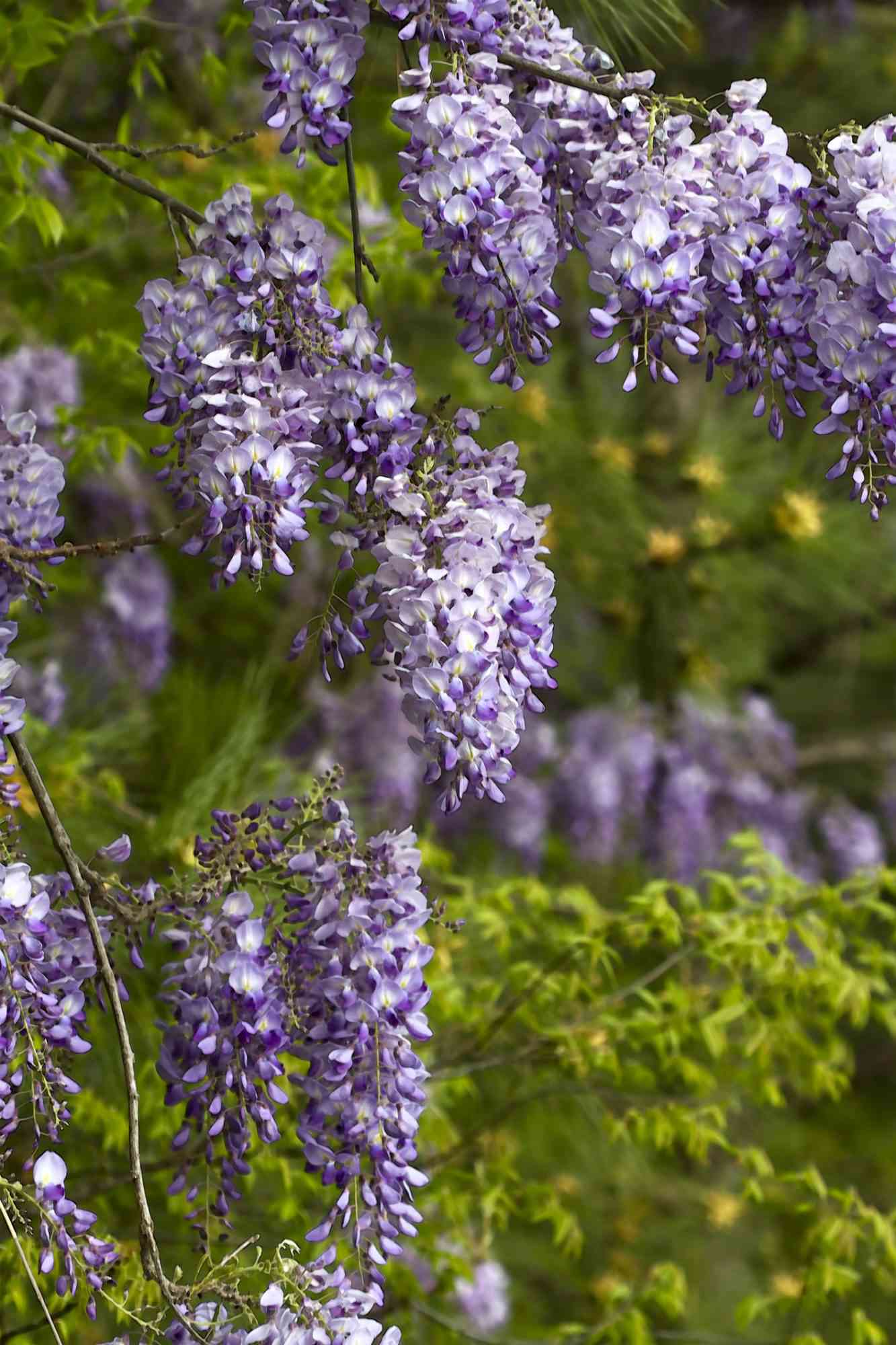
You either love wisteria and keep it pruned and manageable, or you spend your days and nights figuring out ways to eliminate it from your garden. This twining, woody vine can be quite invasive, but manage and train it from the time of planting and you will enjoy a beautiful and eye-catching flowering addition to your yard.
Verbena
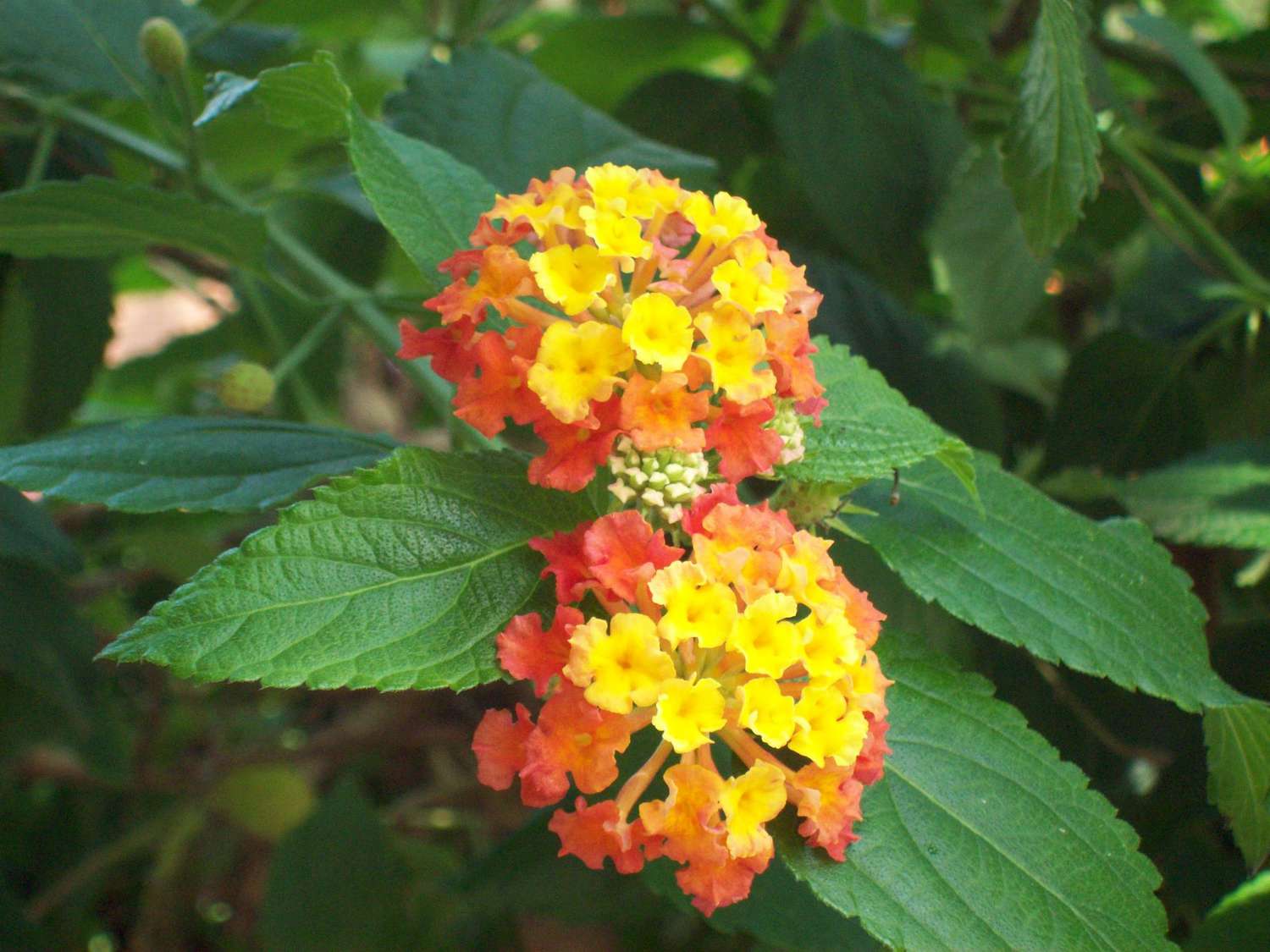
Producing clusters of small, five-petaled tubular blossoms, most verbena plants thrive in heat and tolerate drought conditions. Use verbena as ground cover or as fillers in container gardens.
Bee Balm
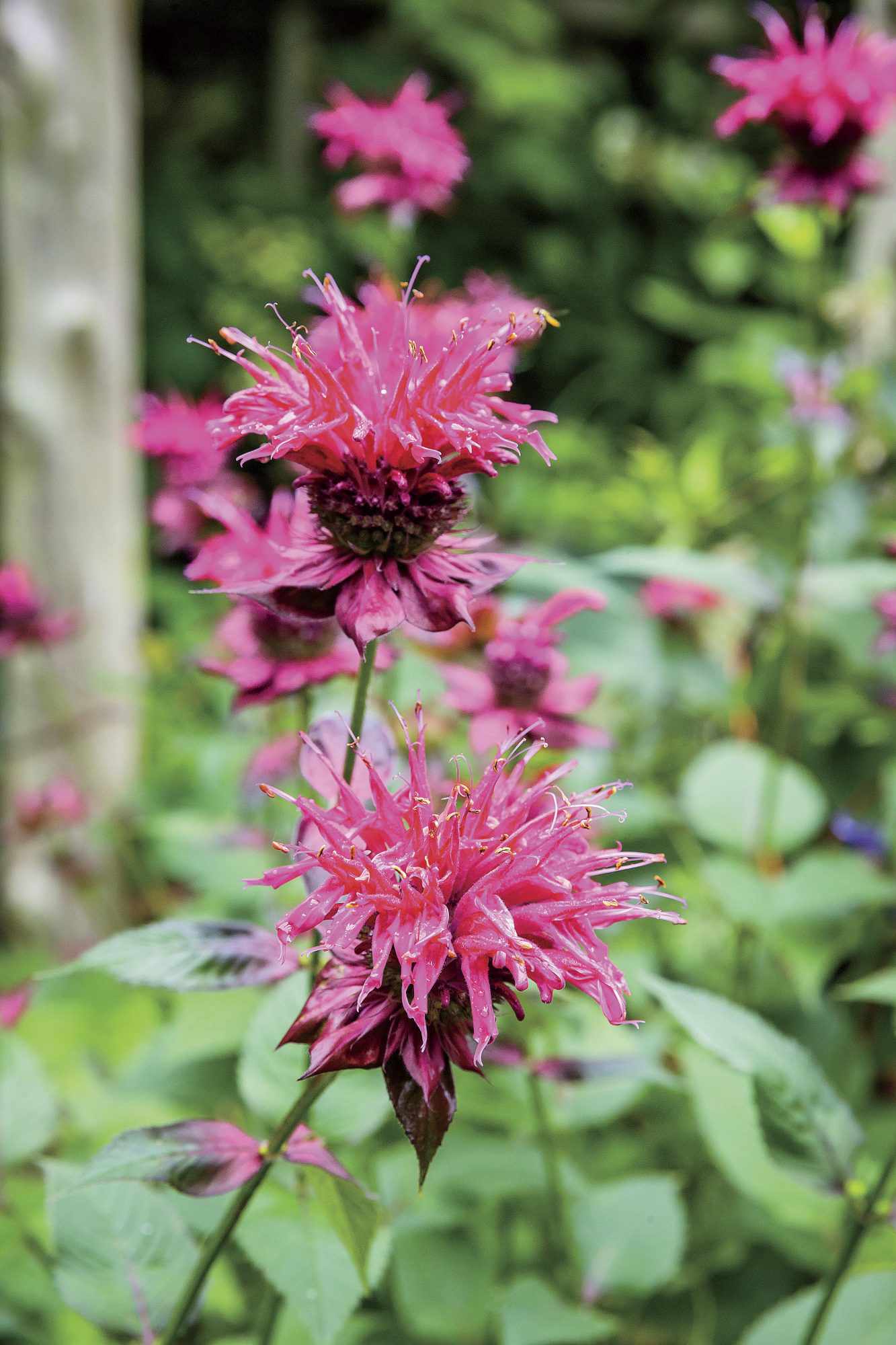
This beautiful perennial, which attracts hummingbirds and butterflies, can be quite invasive if not controlled. The dark green leaves can grow to 4-6 inches long and emit a pleasant odor similar to mint, basil, and lemon. In summer, the upright stems are topped by tight clusters of flowers.
Daffodil
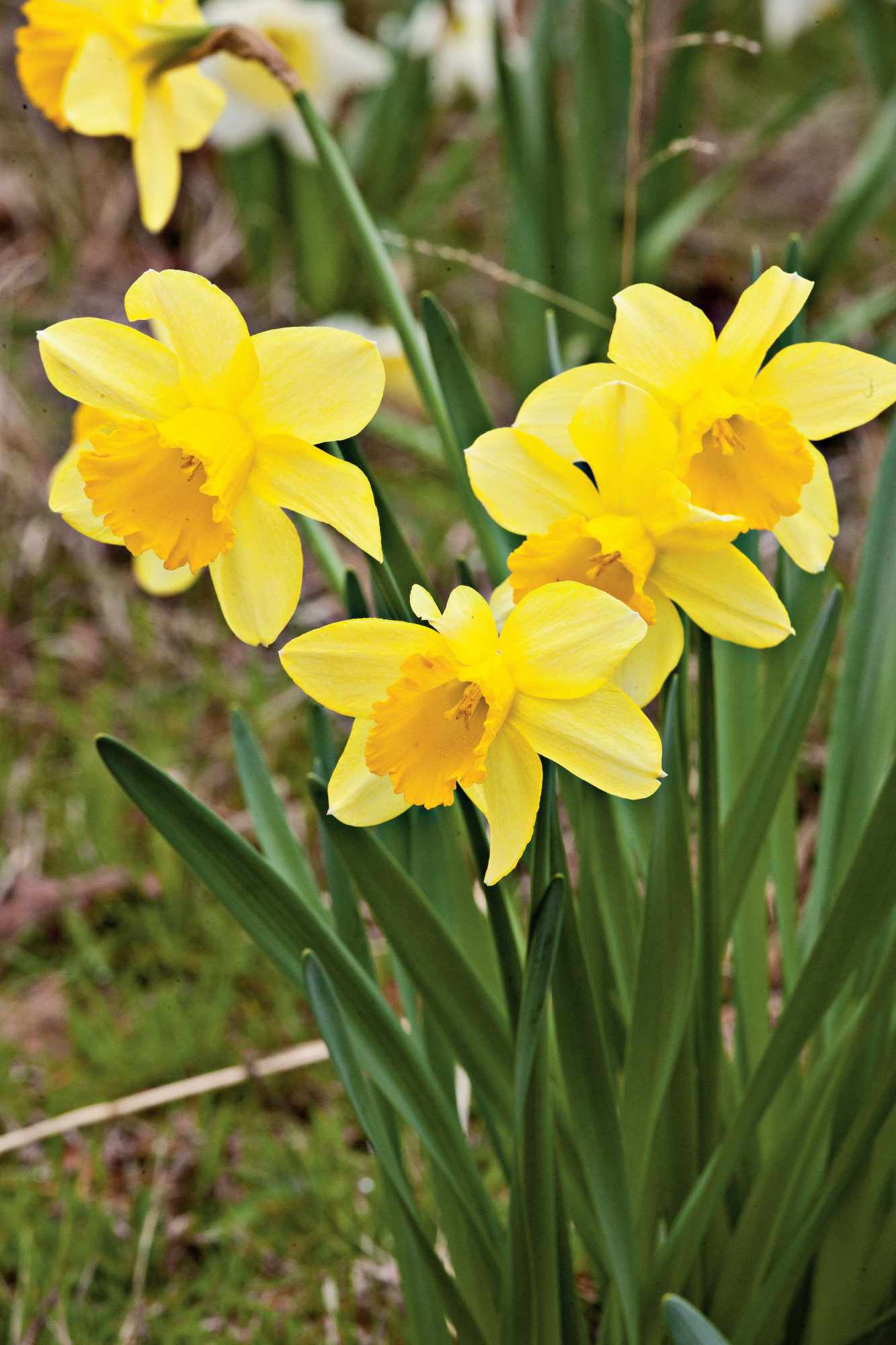
One of those most beautiful bulbs to grow in your garden, daffodils multiply over the years, unlike some other bulbs such as tulips which dwindle in number each season. Daffodils can be planted and managed in formal garden beds but are also allowed to grow natural in woodland settings.
Lavender
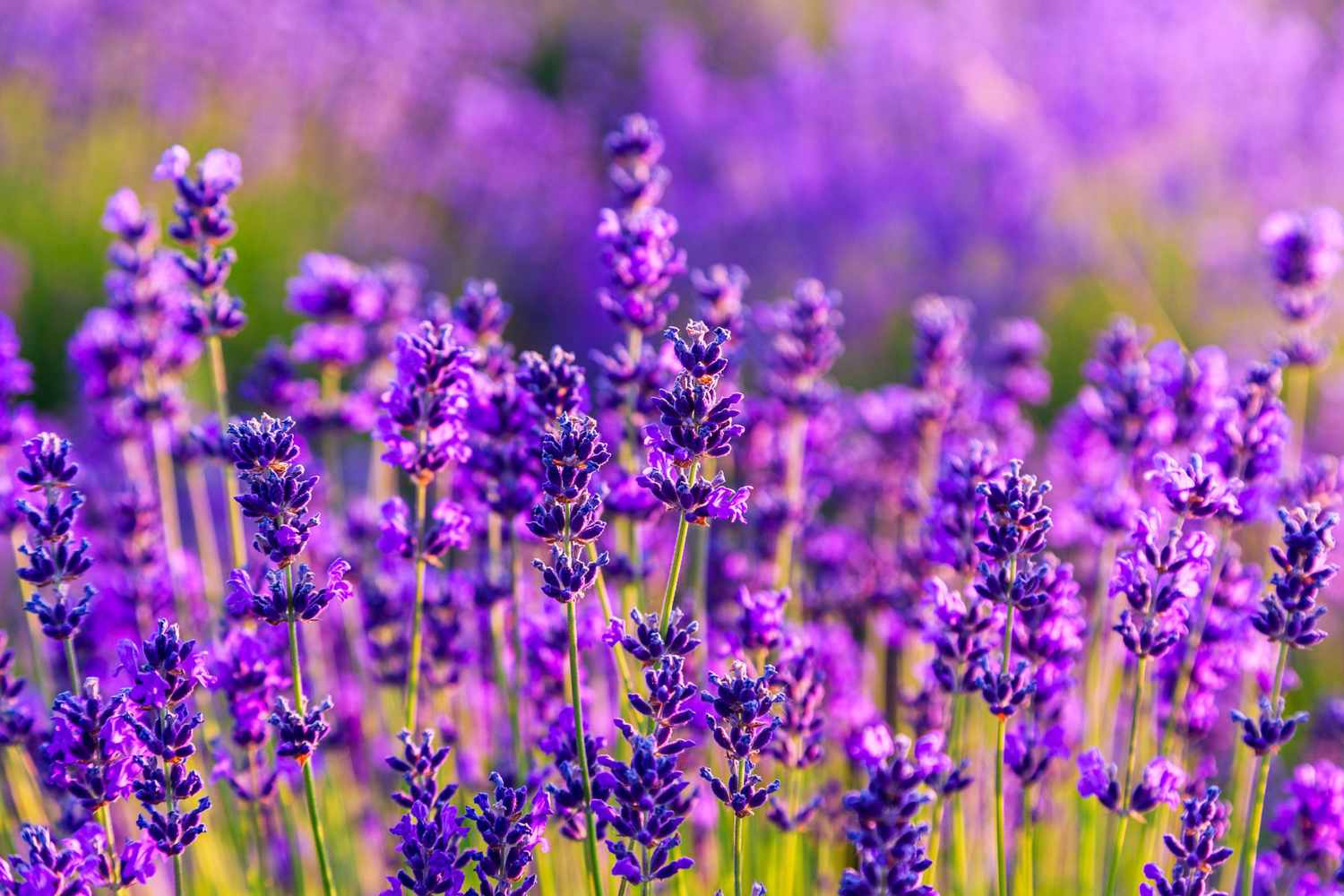
Both the foliage and the flowers of lavender emit a sweet perfume that gardeners love but deer detest. To grow beautiful and healthy lavender plants, especially in the humid South, make sure they get full sun and proper drainage.
Wax Begonia
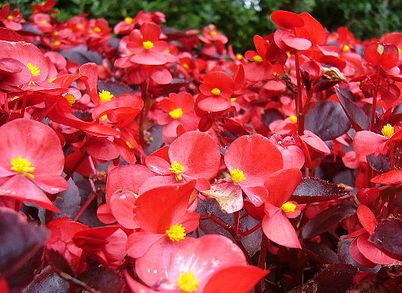
Gardeners—but not deer—love these sturdy favorites for the saturated color of the blooms and their thick green-to-bronze foliage. Another plus: they bloom from early spring right through the fall.
Lamb’s Ear
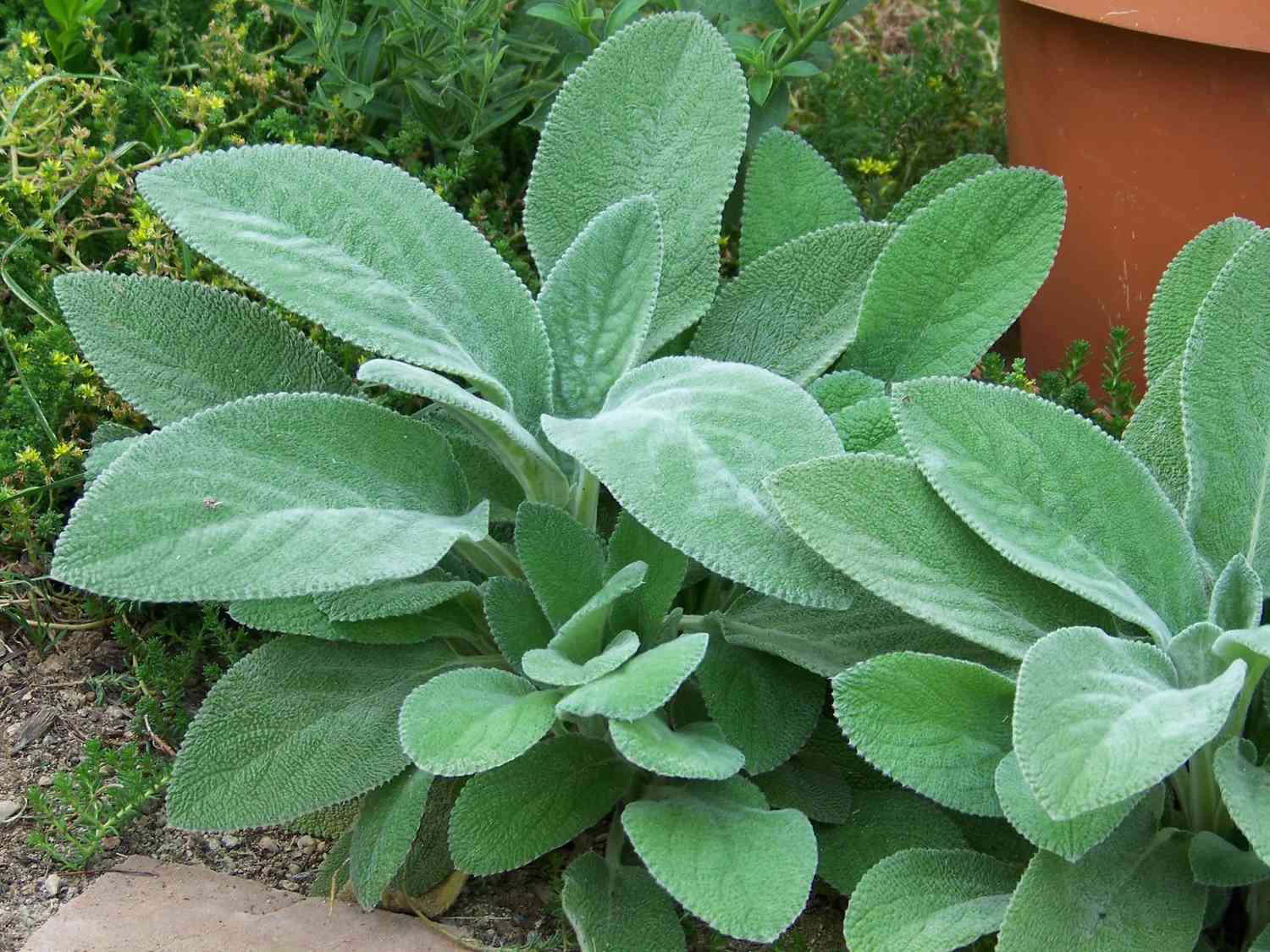
The soft, plush leaves of lamb’s ear give texture and a silvery sheen to the garden. We might love the look and feel of this perennial, but luckily deer hate munching on the fuzzy leaves.
Vinca

There is a reason you see rows and rows of vinca plants at the big-box nurseries. This easy-keeper annual shrugs off deer, rabbits, and even drought, putting forth its best flowering show in hot weather. Use vinca as a bedding plant, in a container garden, or alone in a hanging basket.
Star Jasmine

With its intoxicating perfume and bounty of creamy-white, star-shaped flowers, this vine is a beautiful and reliable sign of Spring in the South. Although we’ll cross the street to breathe in star jasmine’s perfume, deer will steer clear.
Alliums
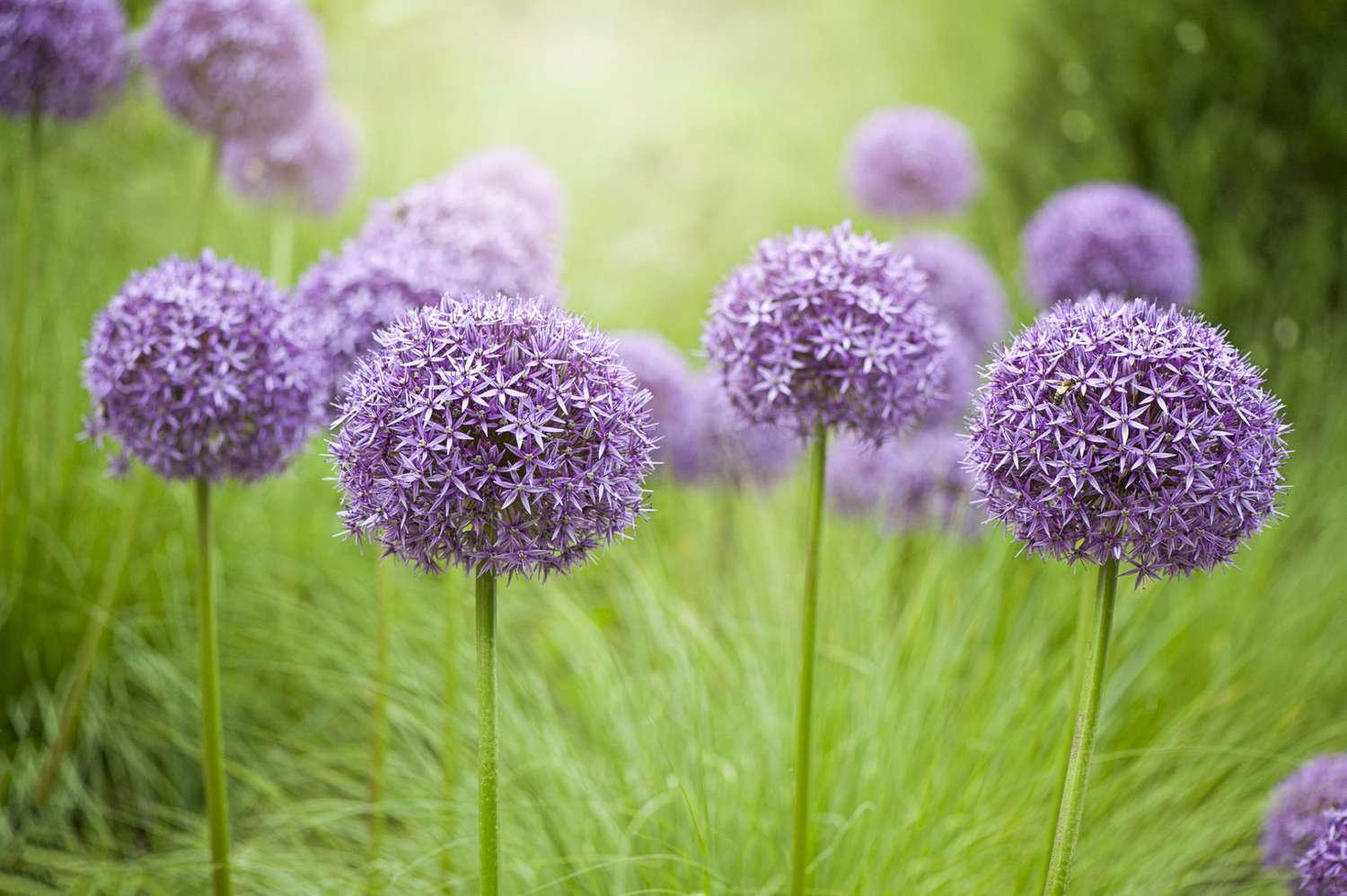
There are many types of alliums available in different sizes and colors, such as white, blue, and purple. A member of the onion family, alliums produce a strong flavor and smell that is unattractive to deer. A word of caution: allium can be toxic to dogs and cats if ingested, so this might not be a good plant if you have curious pets around.
Foxglove
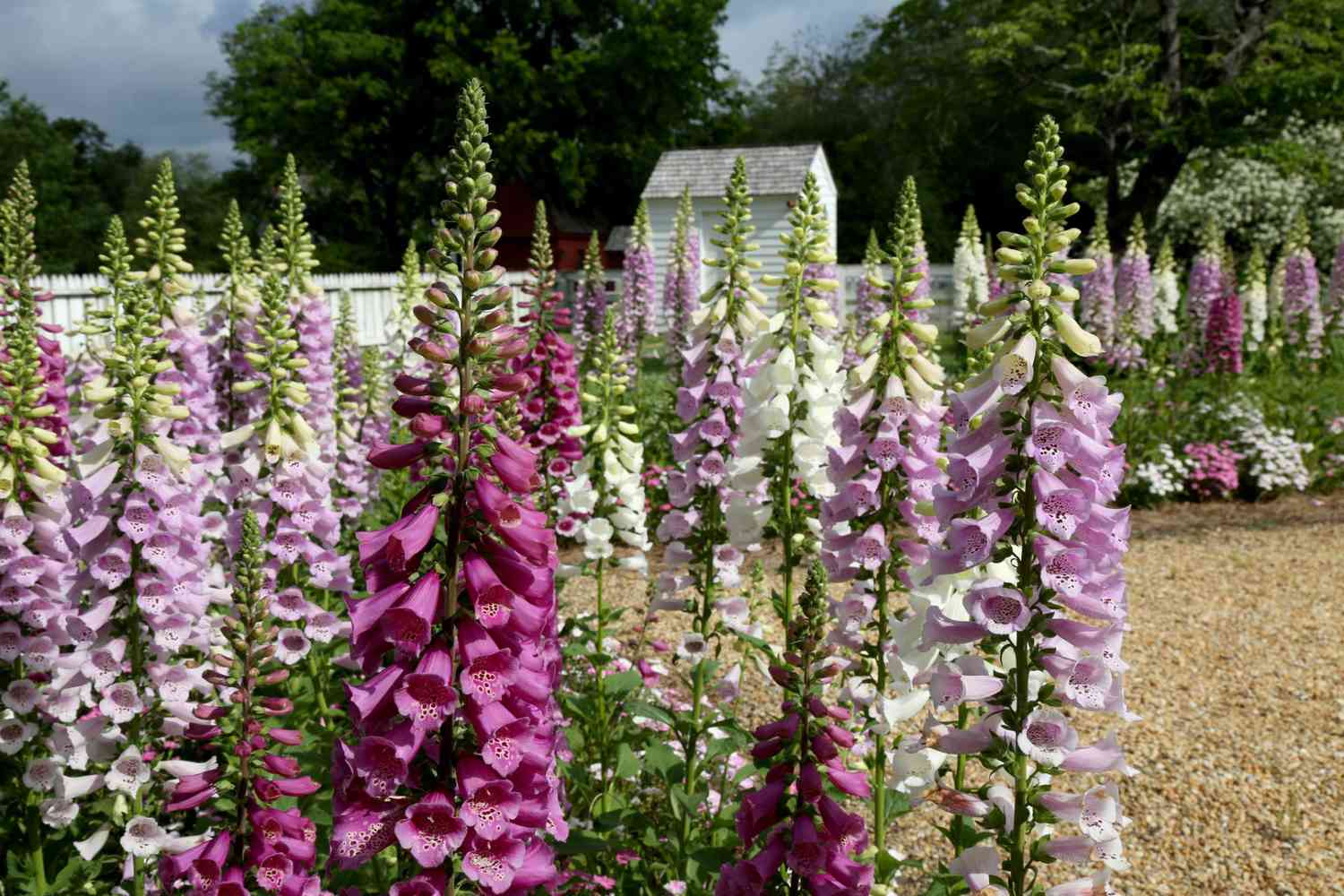
Foxglove plants can grow from 2-8 feet high, adding charm and dimension to a garden. Foxgloves are perhaps the easiest of the towering flowering plants to grow. Use foxglove to fill a boxwood-edged flower bed, or mass them at the back of perennial borders. Hummingbirds are attracted to the tubular, finger-like flowers.
Coleus

Elegant, vibrant coleus is a must in every garden. It’s the rare plant that can be the perfect star or the just-right backdrop. You’ll love coleus, but deer will ignore it
Purple Heart
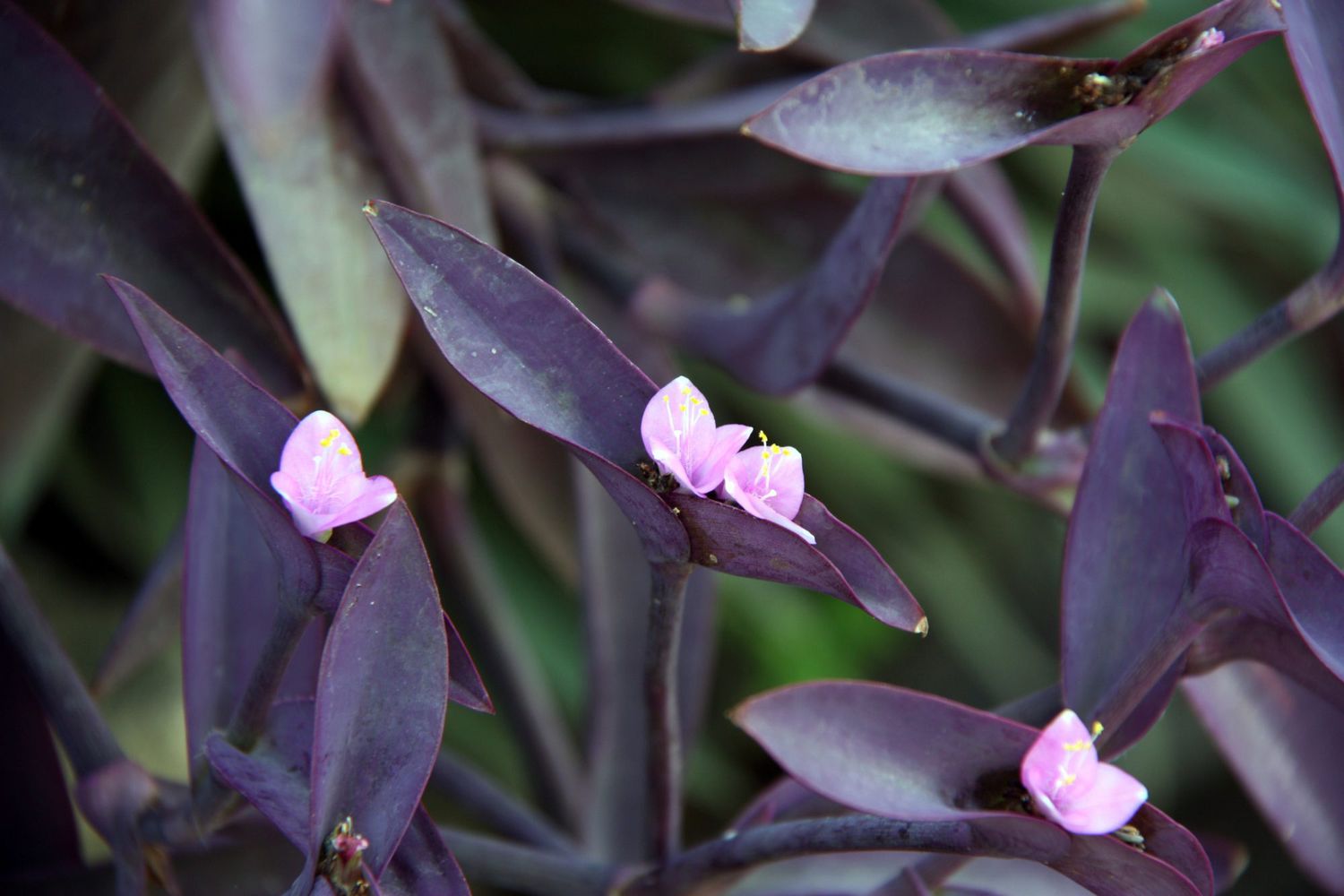
This creeping, perennial plant can be used as a dramatic foil to chartreuse plants like coleus. The narrow and oval deep purple leaves protect a tiny purple flower. Use as ground cover or as a bedding or potting plant. Frost may kill the tops, but these plants recover fast in warm weather.
Chives
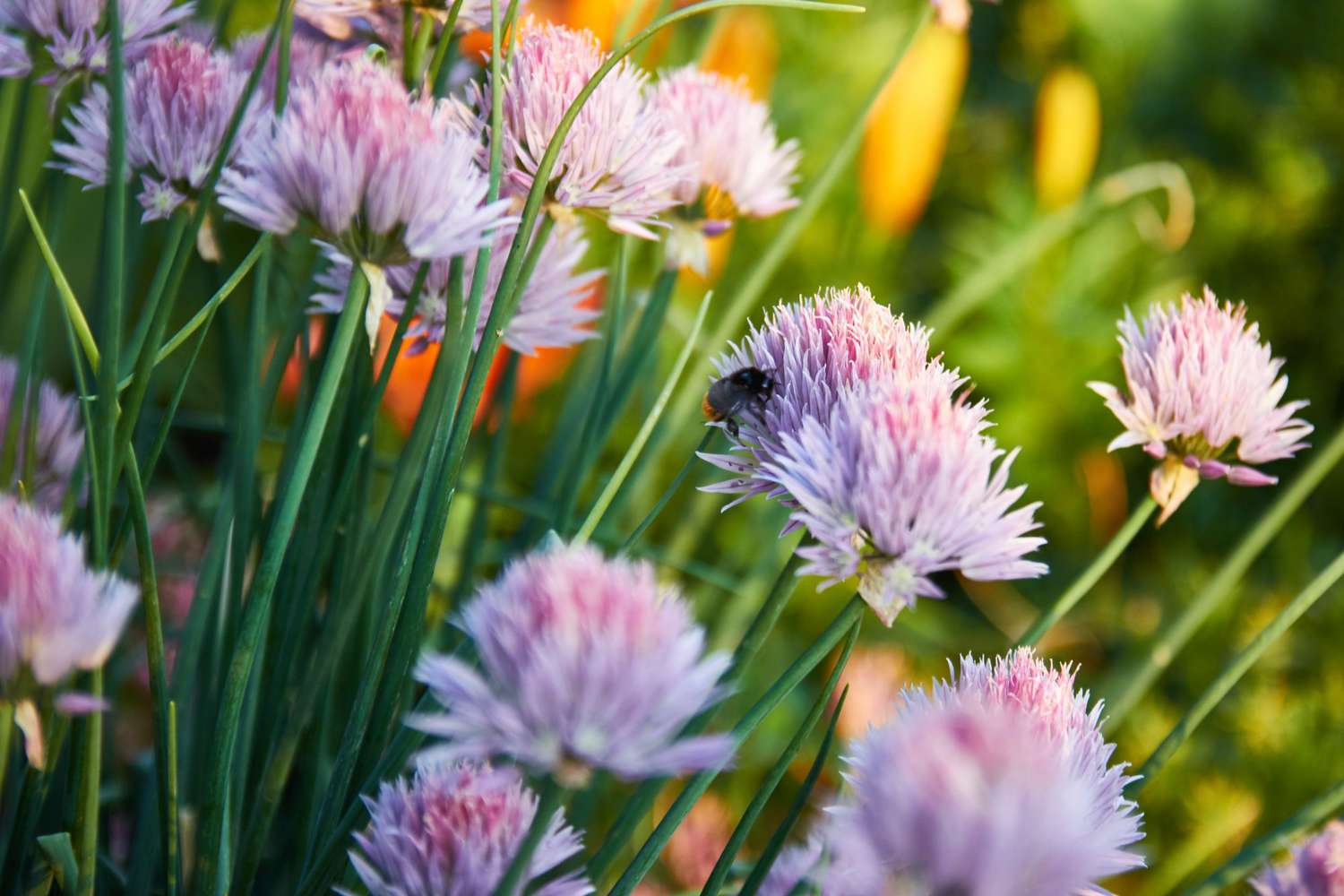
You gotta love multipurpose plants in the garden, and hardy perennial chives do it all. Snip the leaves to garnish salads, or scrambled eggs, admire the lavender blooms, and plant pockets of chives in your border to ward off deer. They hate the oniony scent.
Butterfly Weed
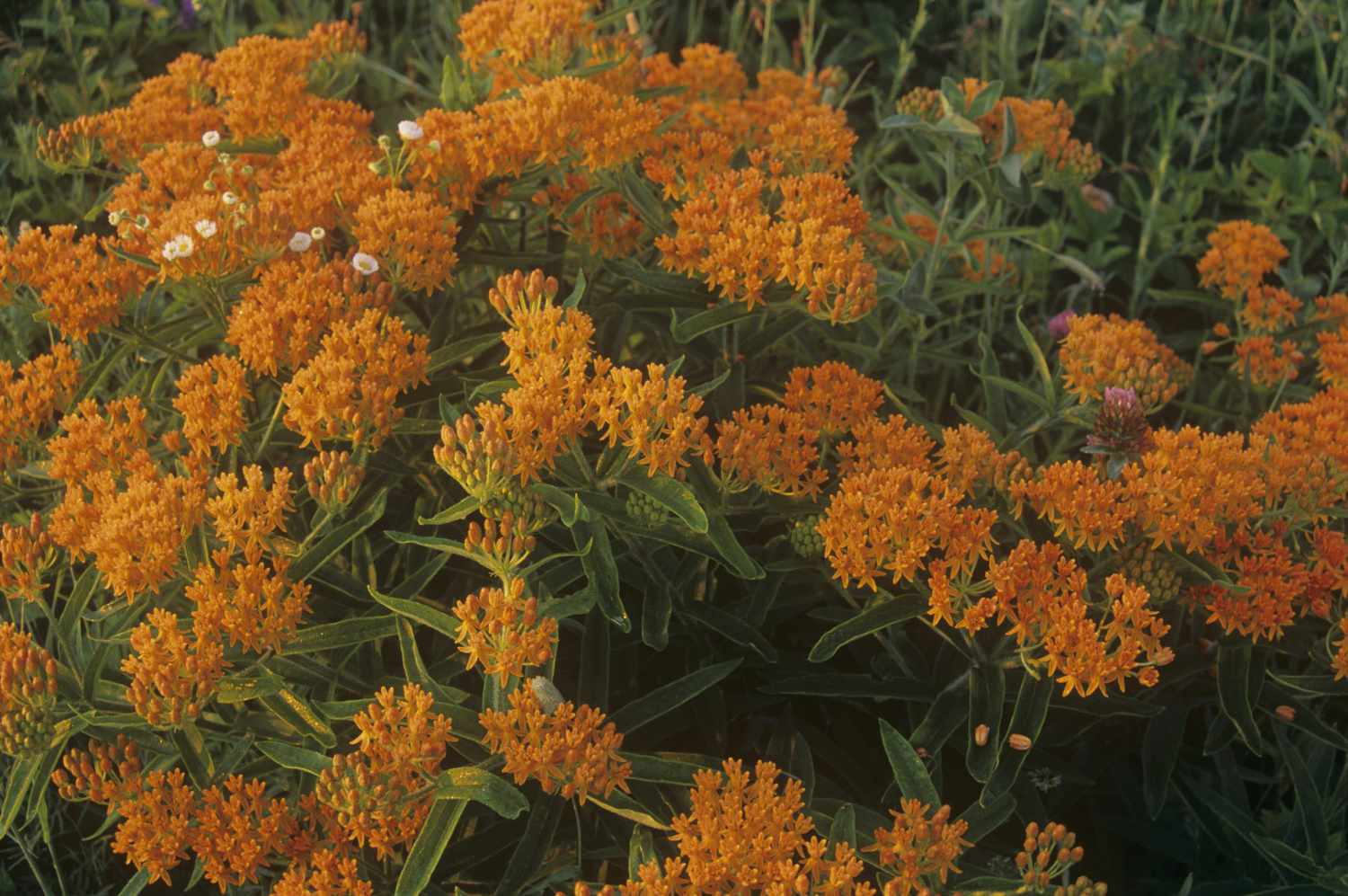
A variety of milkweed, the perennial butterfly weed sends out many stems each year that grow up to 3 feet tall. Broad clusters of brightly colored flowers appear in midsummer, attracting swarms of butterflies.
Coreopsis
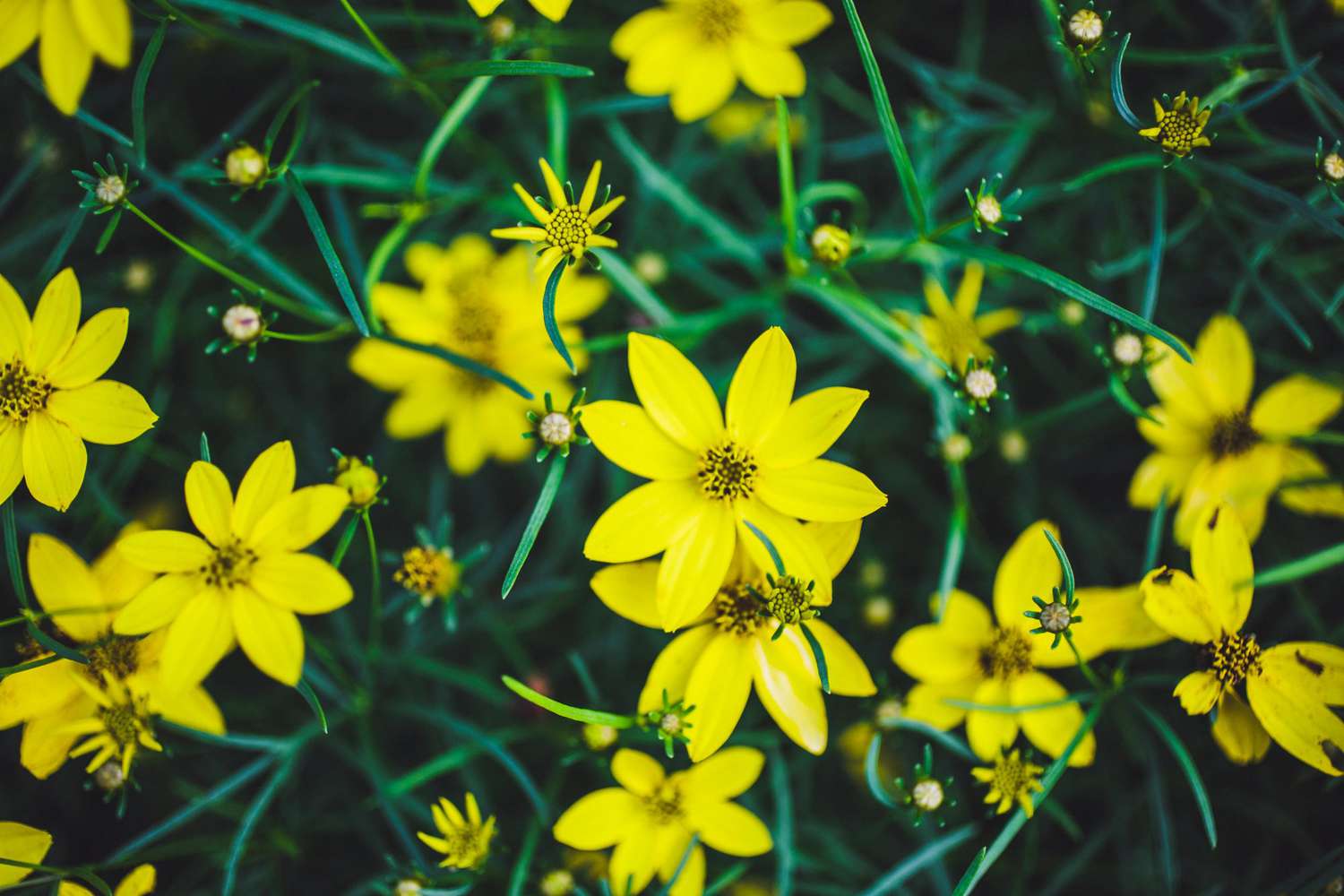
Sunny and long-blooming, coreopsis (or tickseed) is a low-maintenance perennial that deer won’t touch. Coreopsis will attract butterflies and bees though.
Cosmos
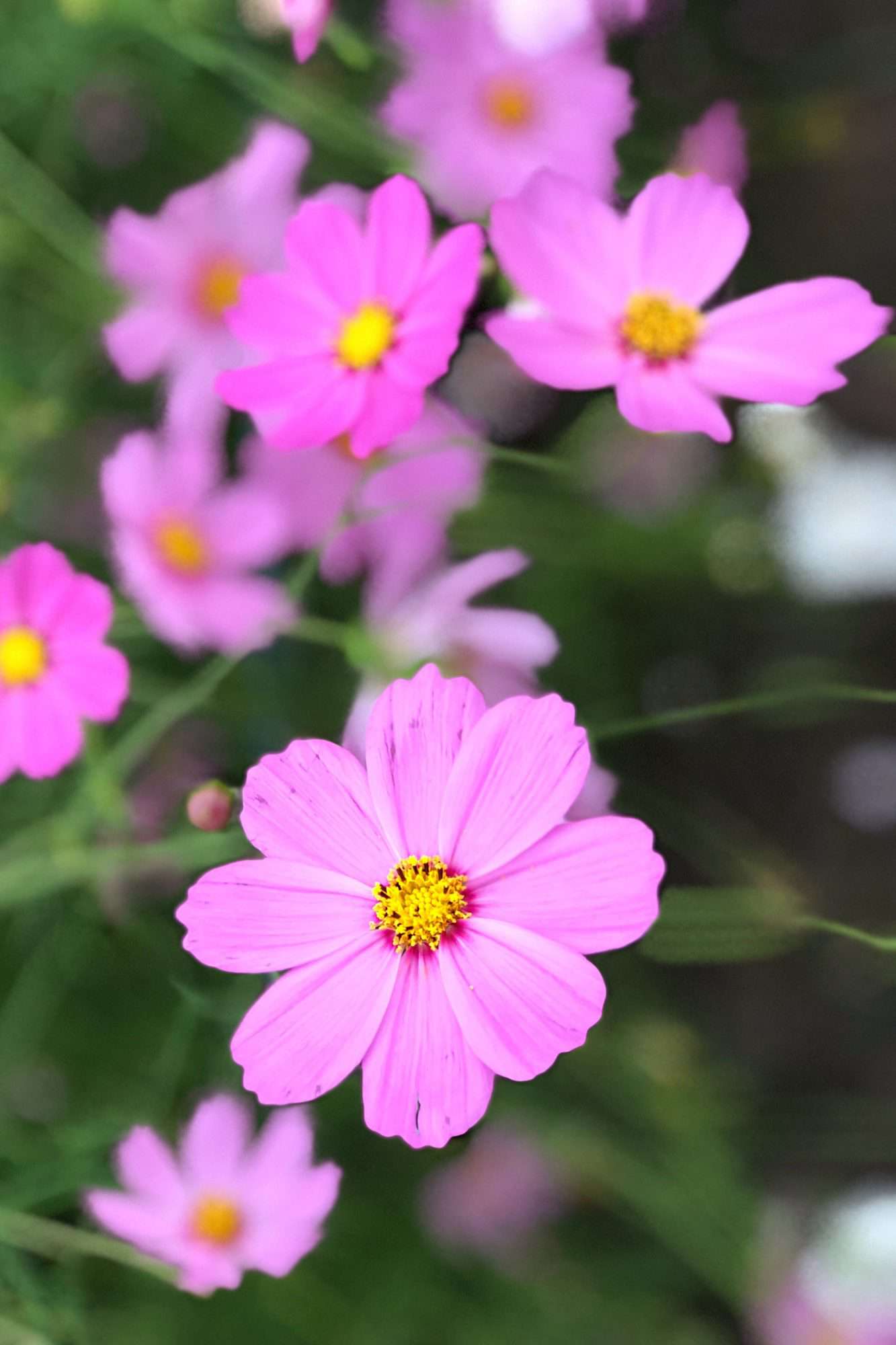
So cheerful, so prolific, and so easy—cosmos are a no-brainer annual that also gives your garden height and dimension (the feathery texture is as pretty as the flowers). They are moderately deer-resistant and are prolific growers (the more you cut, the more flowers you’ll get!).
Autumn Fern
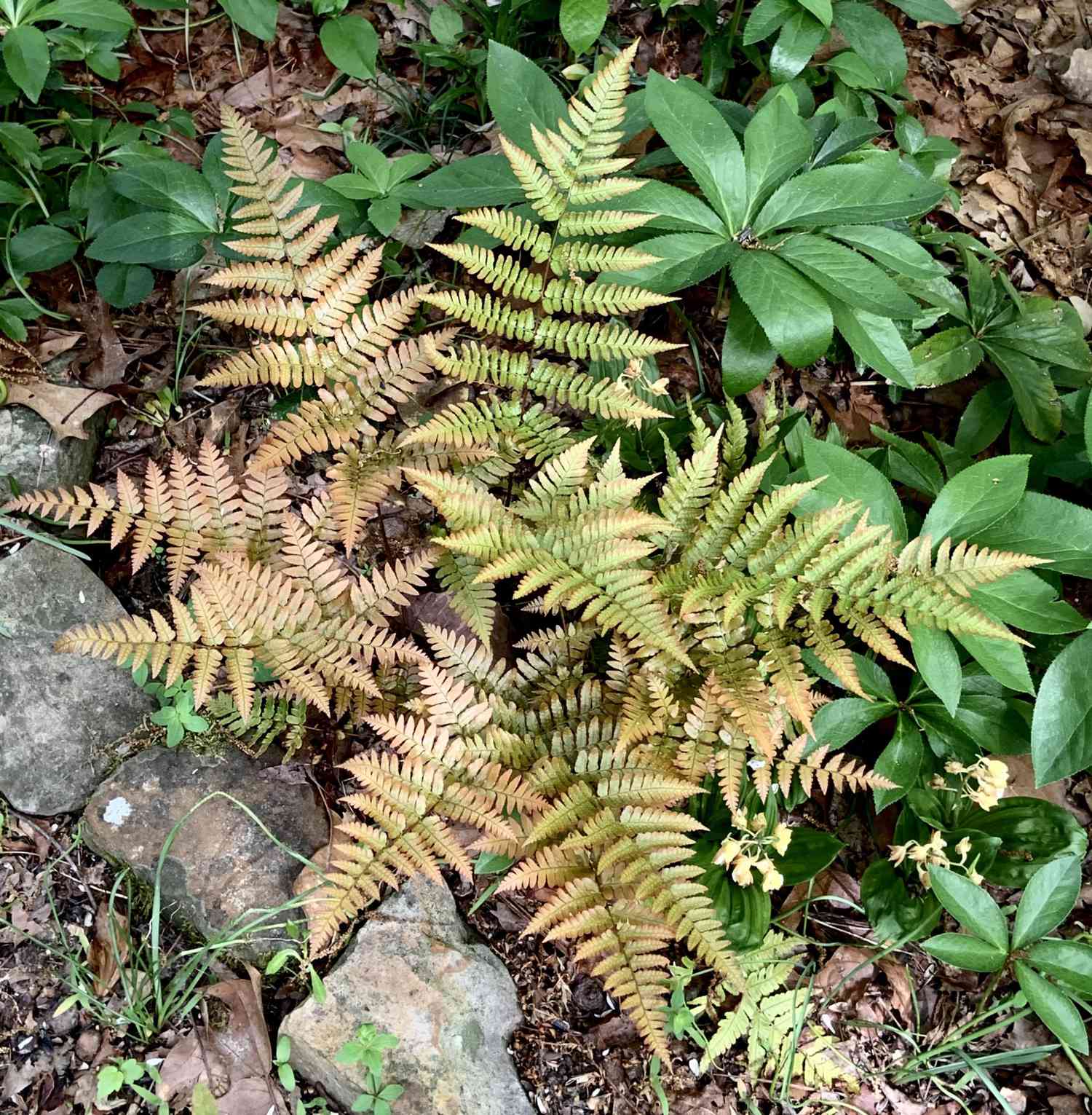
Nothing’s more peaceful in a shady corner of the yard than a patch of graceful ferns. The autumn fern is arching, tall and according to The Grumpy Gardener, its fronds «shimmer orange, copper, bronze, and pink before turning deep green in summer.» We love this evergreen fern, but deer (and rabbits!) don’t.
Coneflower
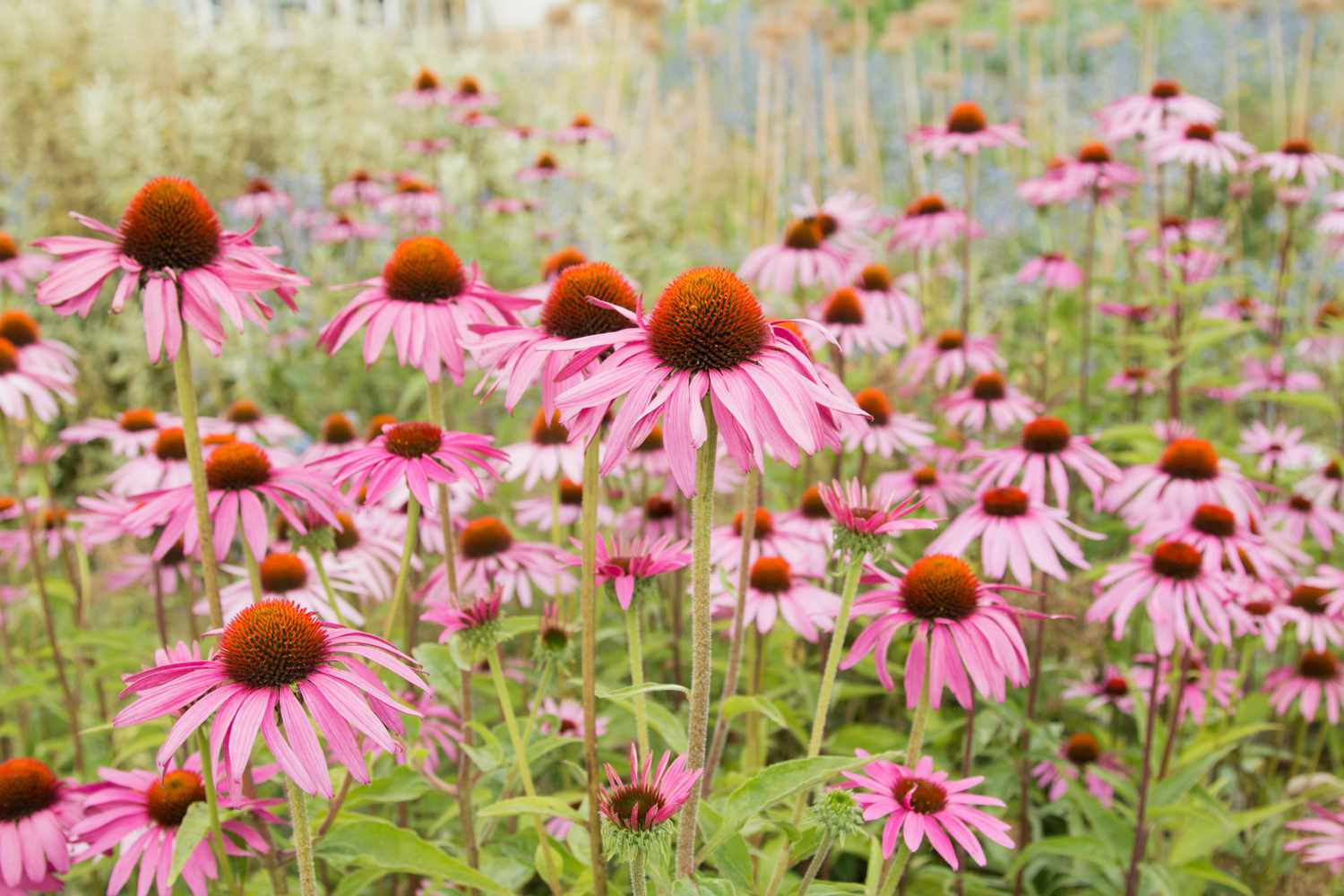
These reliable beauties come back year after year, standing tall in the garden and providing structure and a sunny swath of color from pink (not purple, despite the name!) to red to orange to chartreuse. Luckily, deer turn their noses up at coneflower—the spiny center is a turn-off.